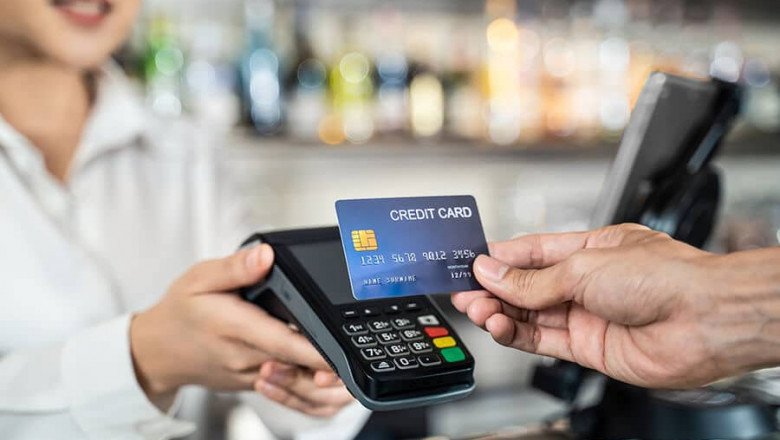views

A credit card processor is a type of financial institution that helps businesses to accept credit cards as a form of payment. Businesses can either choose to use a third-party credit card processor or set up their own processing account with a bank. Credit card processors typically charge businesses a fee for each transaction, which can vary depending on the type of card used and the amount of money being processed.
When a customer pays for goods or services with a credit card, the business owner will need to send the credit card information to the processor in order for the transaction to be completed. The processor will then verify the customer's information and authorize the purchase. Once the purchase is authorized, the funds will be transferred from the customer's credit card account to the business owner's account.
There are a few different types of credit card processors, including merchant service providers (MSPs), payment service providers (PSPs), and independent sales organizations (ISOs). MSPs typically work with businesses to set up processing accounts and provide other services such as customer support and fraud prevention. PSPs are typically banks or other financial institutions that provide credit card processing services to businesses. ISOs are companies that resell credit card processing services to businesses.
When choosing a credit card processor, it's important to compare fees and features in order to find the best deal. It's also important to make sure that the processor you choose is compatible with the type of credit card reader you plan to use. Some processors only work with certain types of readers, so it's important to check this before selecting a processor.
Once you've selected a credit card processor, you'll need to set up an account and provide your business information. After your account is set up, you'll be able to start accepting credit cards as a form of payment. You can typically process credit card payments through a physical credit card terminal, an online gateway, or a mobile app.
If you're processing payments in person, you'll need to purchase a credit card reader. Credit card readers come in two different types: contactless and swipe. Contactless readers, such as the Square Reader, use Near Field Communication (NFC) technology to process payments. Swipe readers, such as the IDTech UniMag II, read the information on the credit card's magnetic stripe.
If you're processing payments online, you'll need to set up an online gateway. An online gateway is a type of software that allows businesses to accept credit card payments on their website. Online gateways typically charge a monthly fee and a per-transaction fee.
If you're processing payments through a mobile app, you'll need to select a mobile credit card processor. Mobile processors typically work with both major credit card networks (Visa, Mastercard, Discover, and American Express) and popular mobile wallets (Apple Pay, Google Pay, and Samsung Pay). Mobile processors typically charge a monthly fee, a per-transaction fee, and/or a percentage of each transaction.
No matter which type of credit card processor you choose, you'll need to provide your customer's credit card information in order to complete the transaction. Credit card information typically includes the customer's name, credit card number, expiration date, and security code. You should never store credit card information on your own servers; instead, you should use a secure payment gateway provided by your processor.
Once you have a credit card processor set up, you can start accepting credit cards as a form of payment. Credit card processing is a convenient way for customers to pay for goods and services, and it's a great way for businesses to increase sales. By offering credit card payments, you can make it easy for customers to purchase your products and services, and you can boost your bottom line.












